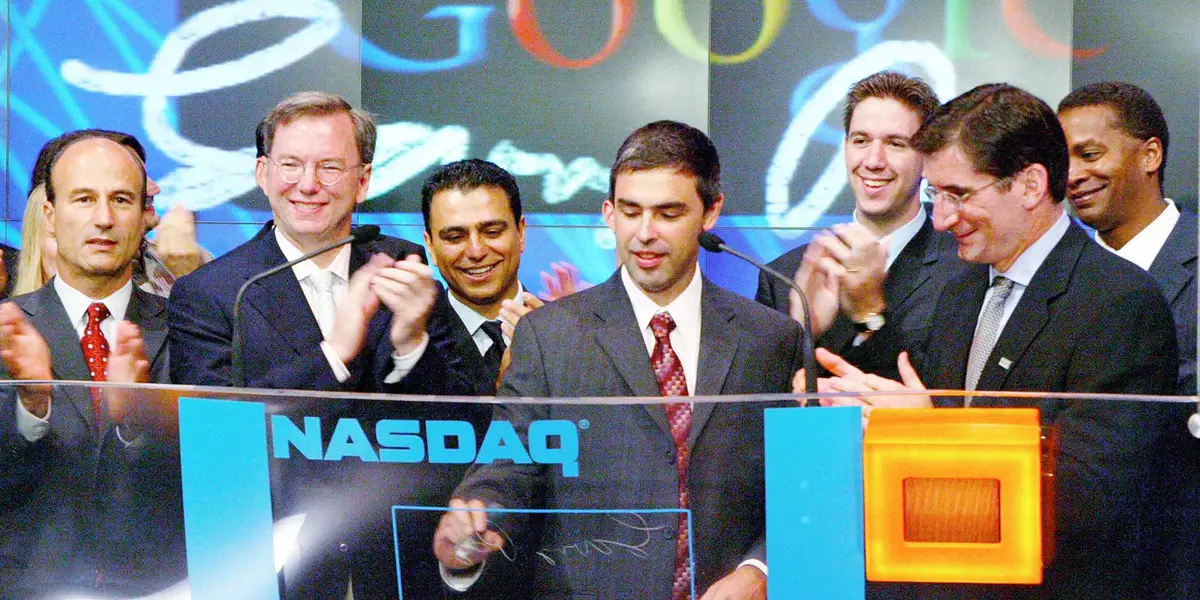The financial world saw a surge of initial public offerings (IPOs) in 2004, capturing the attention of investors, analysts, and the media alike. The year was busy for companies looking to go public, with a record number of IPOs hitting the market.
The class of 2004 IPOs was diverse and dynamic, ranging from tech giants like Google and Salesforce to consumer favorites like Las Vegas Sands. Let's delve deeper into the significance of these IPOs and the trends and lessons we can glean from this watershed year in finance.
1. Google
The Google IPO in 2004 was a watershed moment for the tech industry and the financial world. The global technology behemoth known for its innovative products and services went public on August 19, 2004. The shares were traded on the NASDAQ under the symbol "GOOG" at $85 per share.
The $1.2 billion raised in the Google IPO made it one of the most successful IPOs in history.
The proceeds were used to fund the company's ambitious expansion plans and to invest in new technologies, products, and acquisitions. This included R&D funding, hiring top talent, and expanding its infrastructure to support its rapidly growing user base.
2. Salesforce

The cloud-based software company Salesforce has become a global leader in customer relationship management (CRM) solutions. The company's IPO occurred on June 23, 2004, under the NYSE "CRM" Salesforce offered 10 million shares at $11 per share, which raised $110 million.
Salesforce used the proceeds from the IPO to fund a variety of corporate purposes, including sales and marketing efforts, research, and development. The IPO provided Salesforce with additional capital to support its expansion plans and solidify its position as a market leader in CRM.
3. Air China Limited
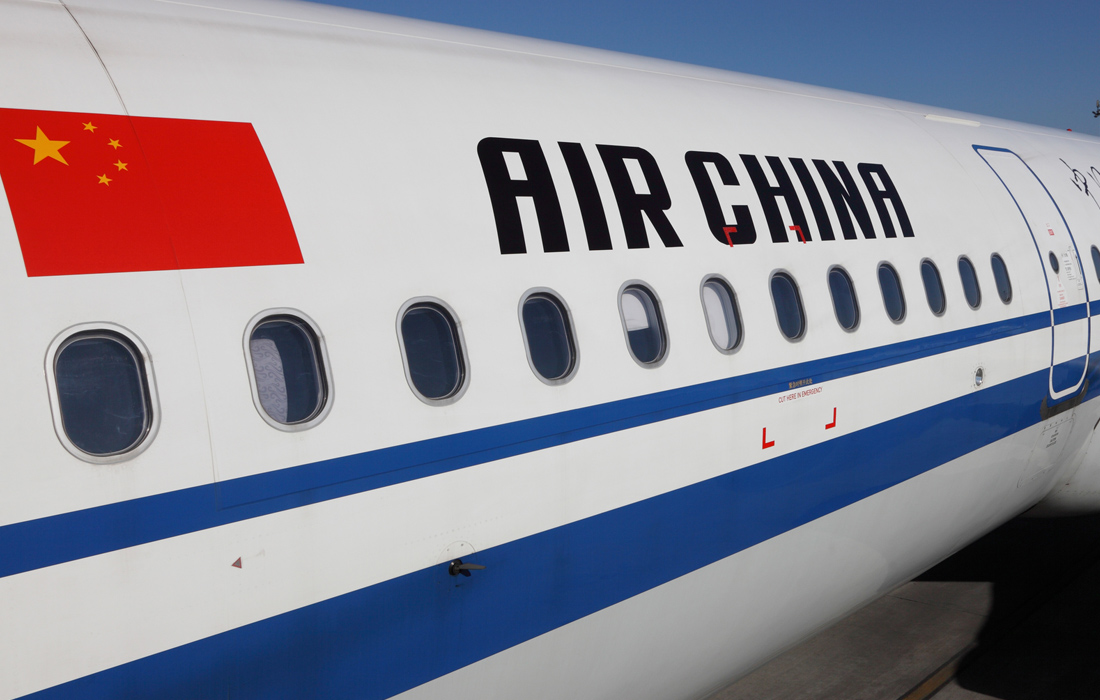
Air China Limited, one of China's largest airlines, went public on December 15, 2004. The company offered 2.8 billion H shares (Hong Kong-listed shares) at HKD 2.68 per share in the IPO, raising approximately HKD 7.5 billion (equivalent to about USD 967 million), raising $1.1 million.
Air China, one of China's "big three" state-owned airlines, offers domestic and international passenger and cargo transportation. The company has a large fleet of aircraft and a vast route network that spans six continents. It used the proceeds to fund fleet expansion, infrastructure upgrades, and operational capabilities.
4. Signature Bank

In March 2004, Signature Bank, a New York-based commercial bank serving privately held businesses and high-net-worth individuals, went public. The company raised approximately $84 million in the IPO by offering 5 million shares at $21 per share.
Proceeds funded the company's growth and expansion plans. The bank expanded its presence in the New York metropolitan area by opening new branches and investing in technology and infrastructure to support its operations.
5. Blue Nile Inc.
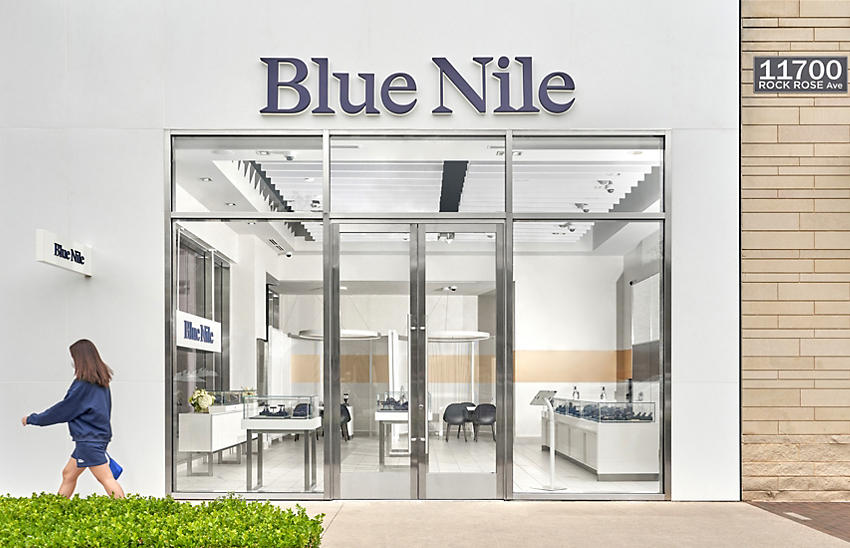
On May 18, 2004, Blue Nile Inc., an online retailer of high-quality diamonds and fine jewelry, went public. The IPO raised $76 million. Blue Nile had established itself as a leading e-commerce platform for diamond engagement rings and other fine jewelry. The stock is traded under the NILE ticker on the NASDAQ Global Market.
Proceeds fund the company's growth and expansion plans. The company continued to invest in technology and marketing to improve its online shopping experience and attract new customers.
Markets like China and India.
6. Genworth Financial Inc.

On May 25, 2004, Genworth Financial, a leading insurance and financial services company, went public. The company raised approximately $2.8 billion in the IPO by offering 145 million shares for $19 per share.
Proceeds will be used to improve its financial position, repay debt, and fund growth strategies. Among the initiatives pursued by the company were expanding its product offerings, investing in technology and innovation, and exploring potential acquisitions and partnerships.
7. Alnylam Pharmaceuticals
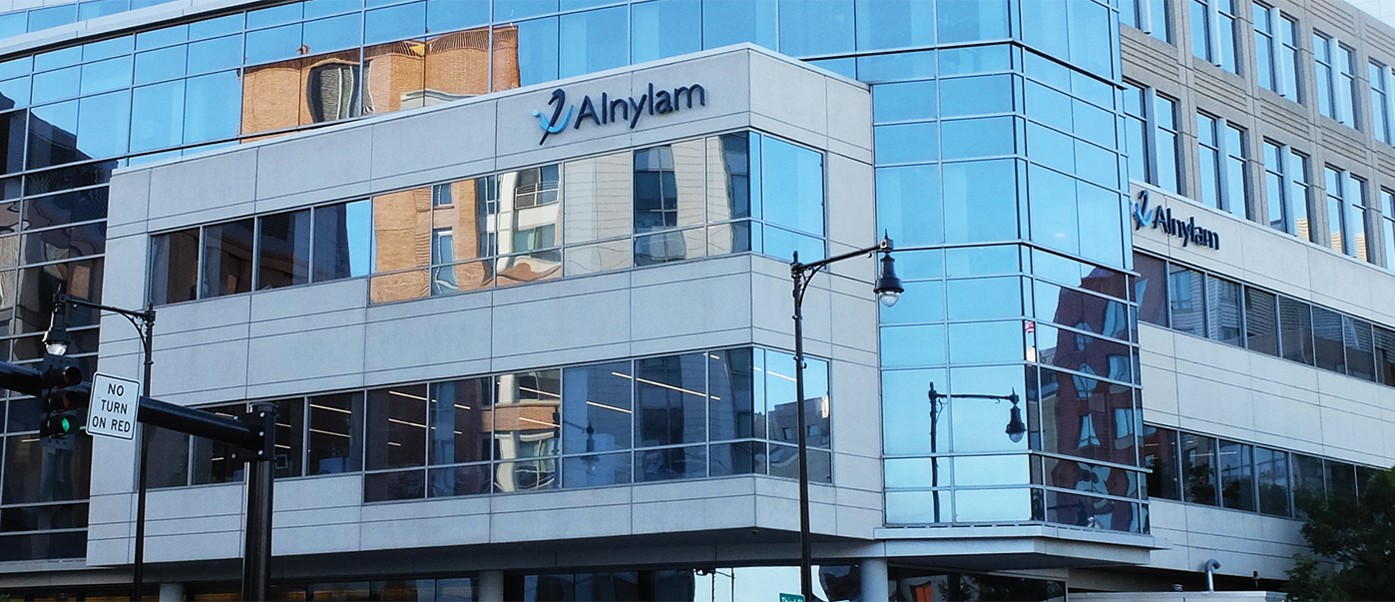
Alnylam Pharmaceuticals is a biopharmaceutical company based in Cambridge, Massachusetts, focusing on developing RNA interference (RNAi) therapeutics for treating genetic diseases. On February 27, 2004, Alnylam Pharmaceuticals went public with an initial public offering (IPO) of 5 million shares of common stock for $6 per share. The IPO netted $26 million in gross proceeds and began trading as ALNY on the Nasdaq stock exchange.
Alnylam Pharmaceuticals used the proceeds from its initial public offering to fund its research and development efforts, support its operations, and expand its RNAi therapeutic pipeline. The funds were specifically used to support clinical trials, new technologies, intellectual property acquisitions, and the company's collaborations with other pharmaceutical companies and academic institutions.
8. Las Vegas Sands
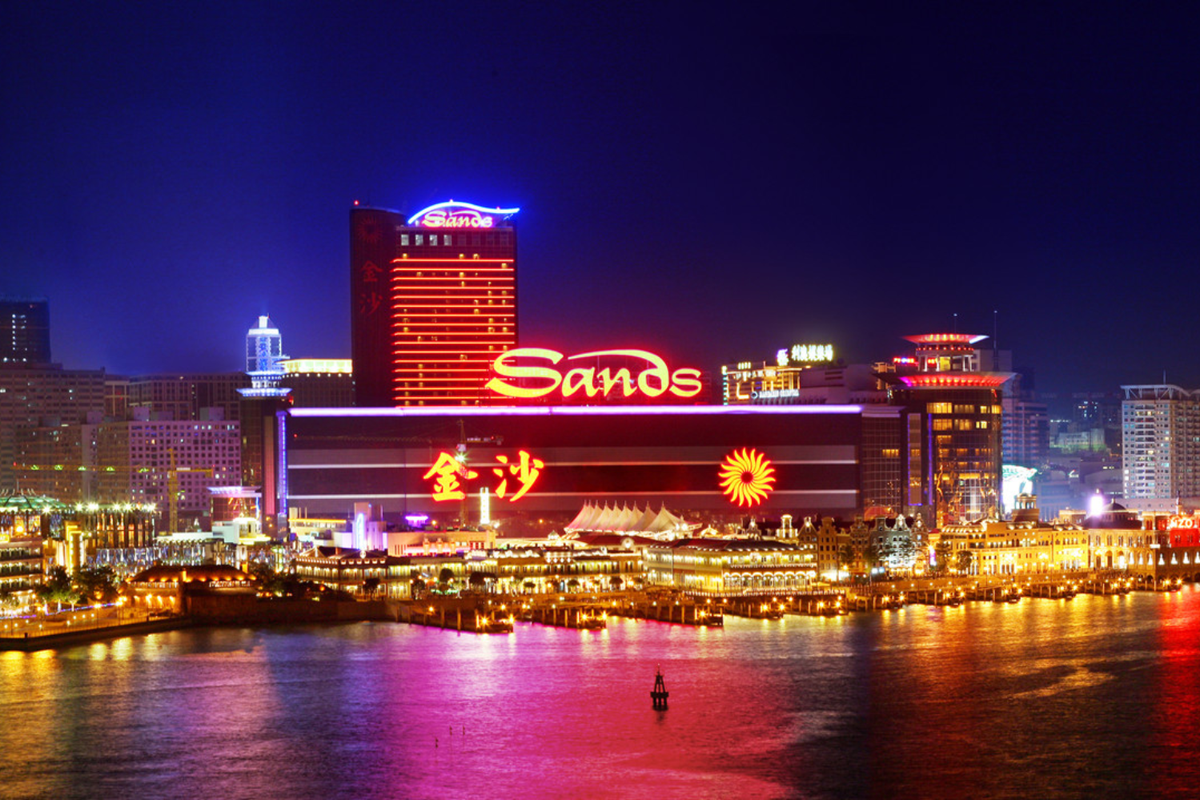
Las Vegas Sands Corporation is a multinational resort and casino corporation based in Las Vegas, Nevada. Sheldon Adelson founded the company in 1988, and it has since grown to become one of the world's largest gaming and hospitality companies. On December 15, 2004, Las Vegas Sands went public with an initial public offering (IPO) of 23.8 million shares of common stock. The shares were sold for $29 each, raising $690 million.
The proceeds from the IPO were used to fund the construction of the company's flagship property, The Venetian Resort-Hotel-Casino, in Las Vegas. It also helped finance its expansion and construction projects, which have helped the company establish itself as a significant player in the global gaming and hospitality industry.
9. MarketAxess Technologies
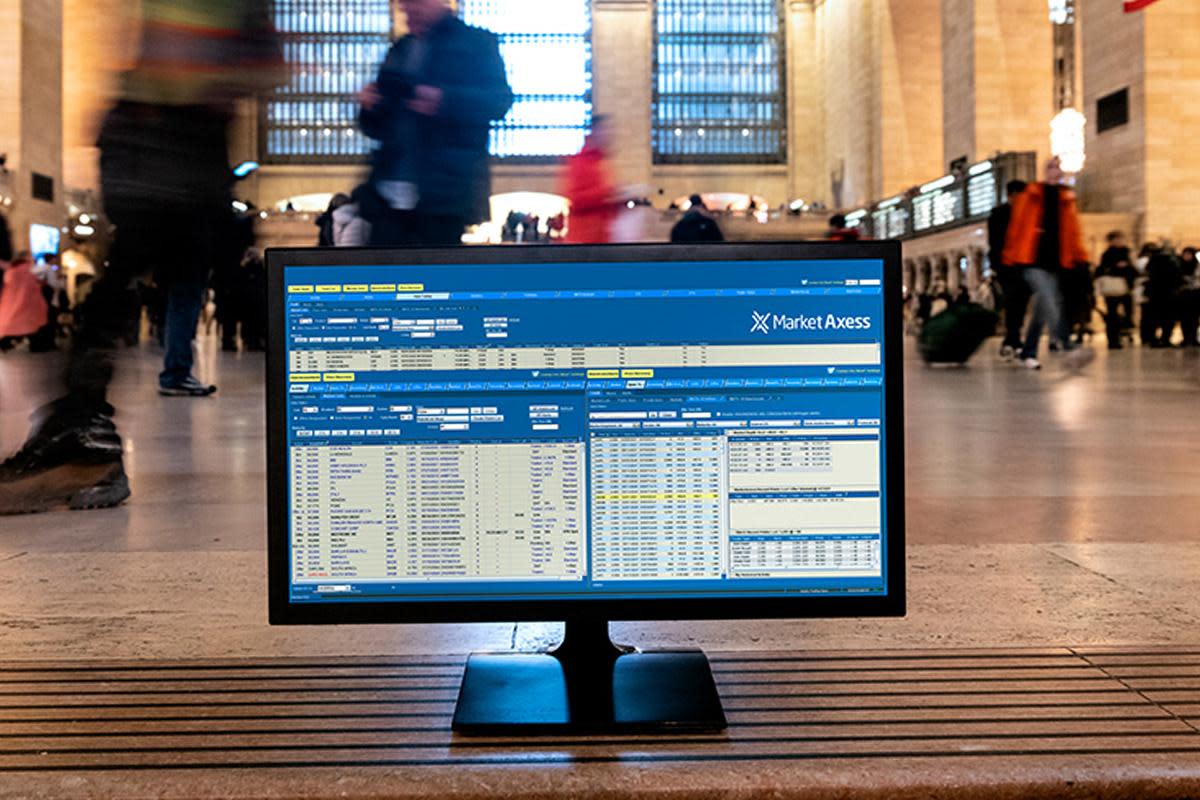
MarketAxess Technologies is a financial technology firm that operates a fixed-income electronic trading platform with its headquarters in New York City. It went public on November 8, 2004, with a 5,000,000 share initial public offering (IPO). The shares were priced at $12 per share, with $55 million raised.
The proceeds from the IPO were used to fund the company's growth and expansion plans, which included investments in technology infrastructure, sales and marketing efforts, and potential acquisitions.MarketAxess Technologies has continued to grow and expand its business since going public, providing a wide range of fixed-income trading solutions to institutional investors and dealers worldwide.
Conclusion
The 2004 IPOs were a watershed moment in finance and business. The year saw the rise of some of the world's most successful companies, whose IPOs met with tremendous investor enthusiasm. These companies have since become household names, revolutionizing their respective industries.
While some companies that went public in 2004 faced difficulties and setbacks, the lessons learned from their experiences helped shape the IPO market as we know it today. We can only speculate on what the next wave of IPOs will bring and how they will shape the business landscape for years.

